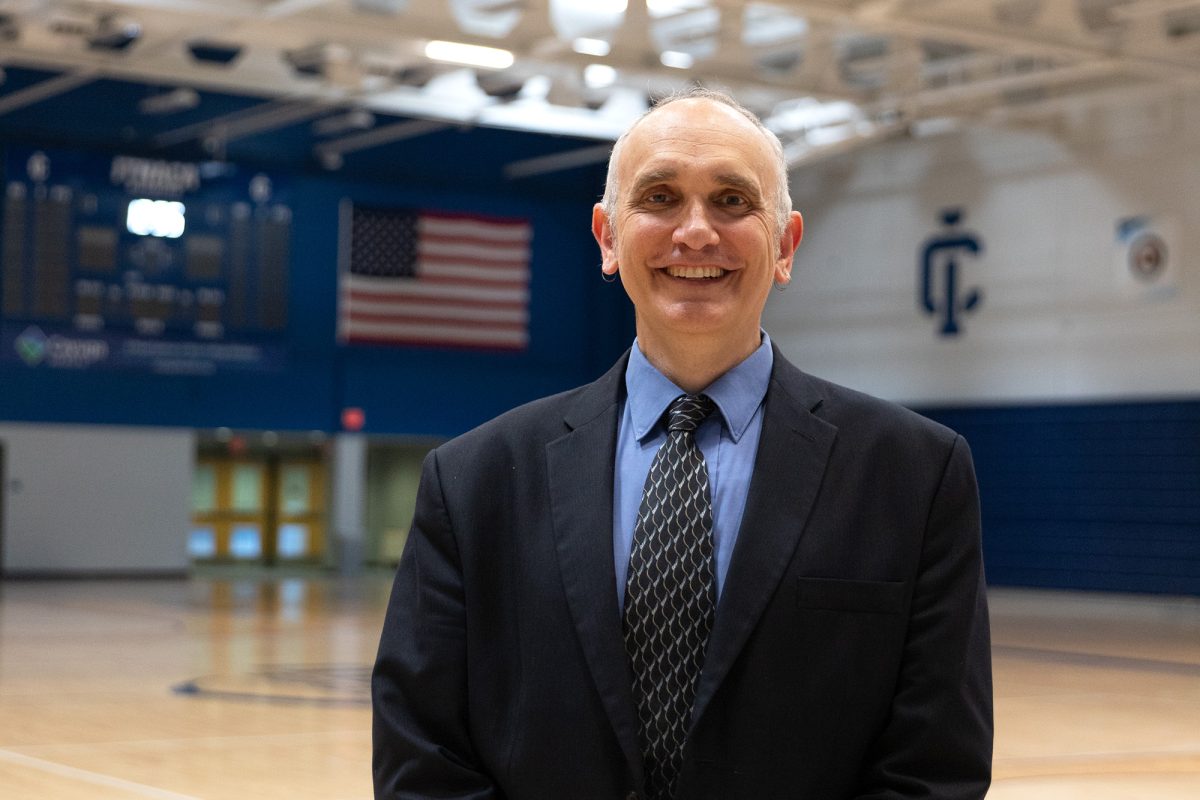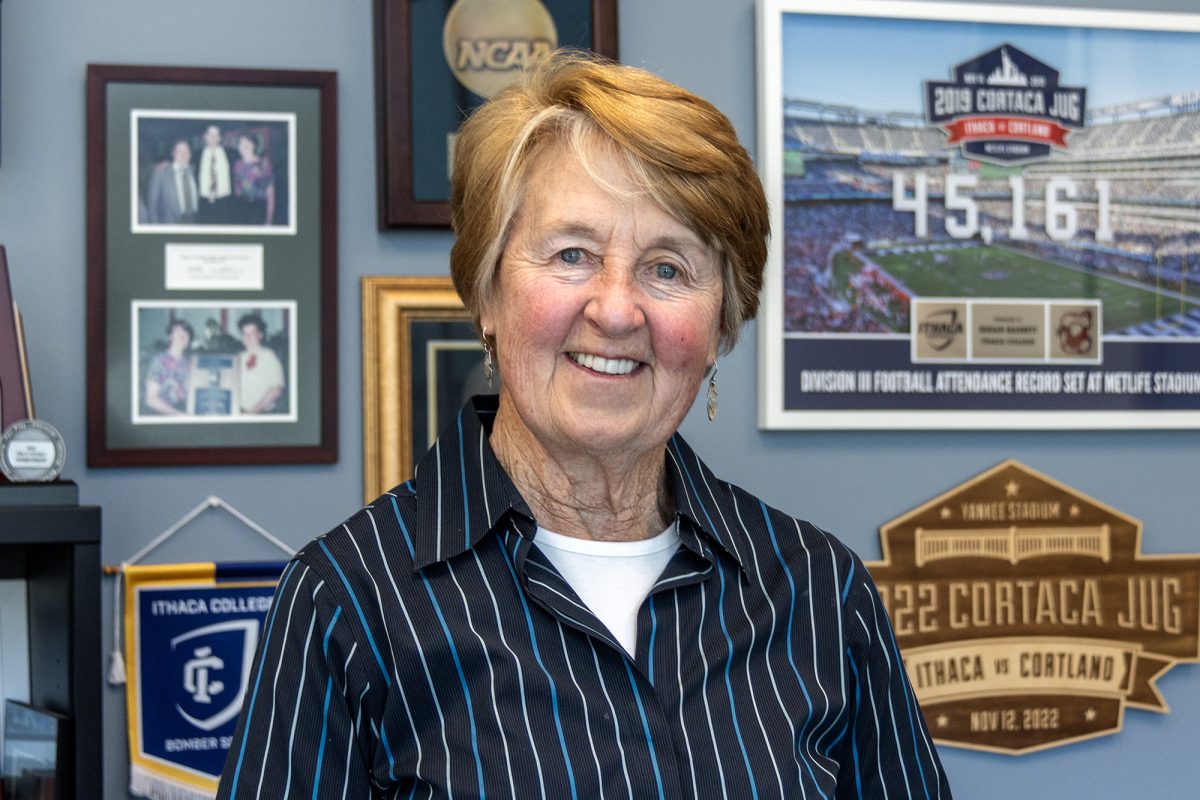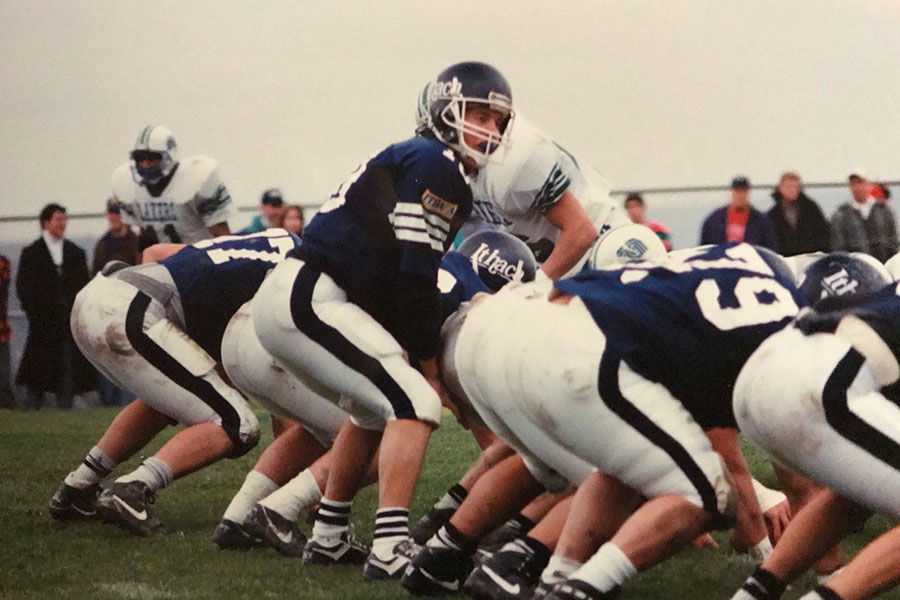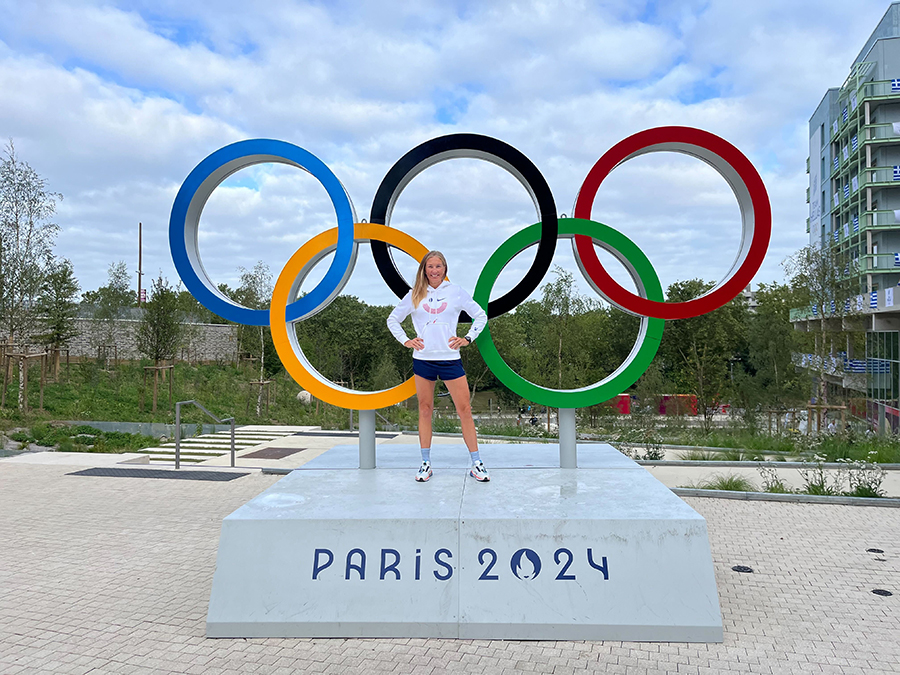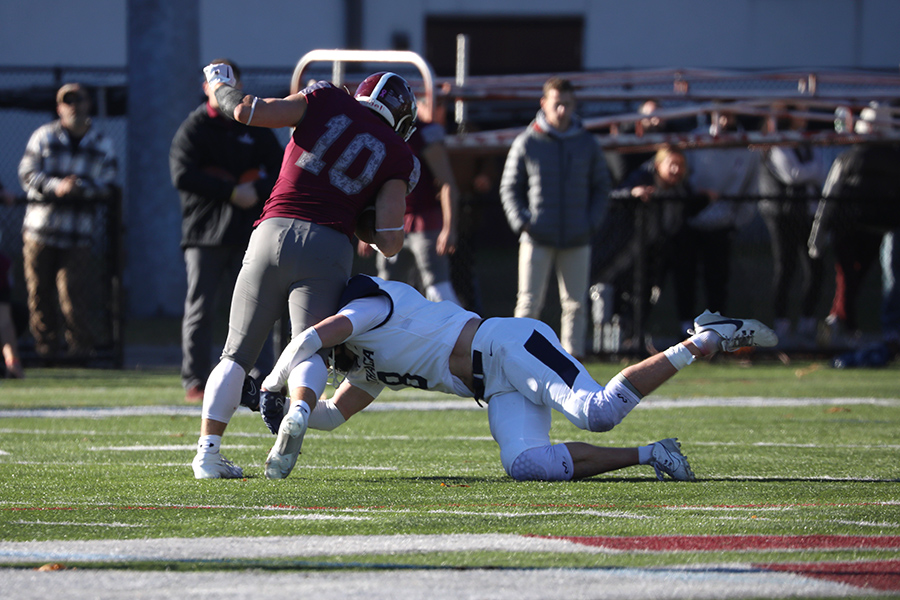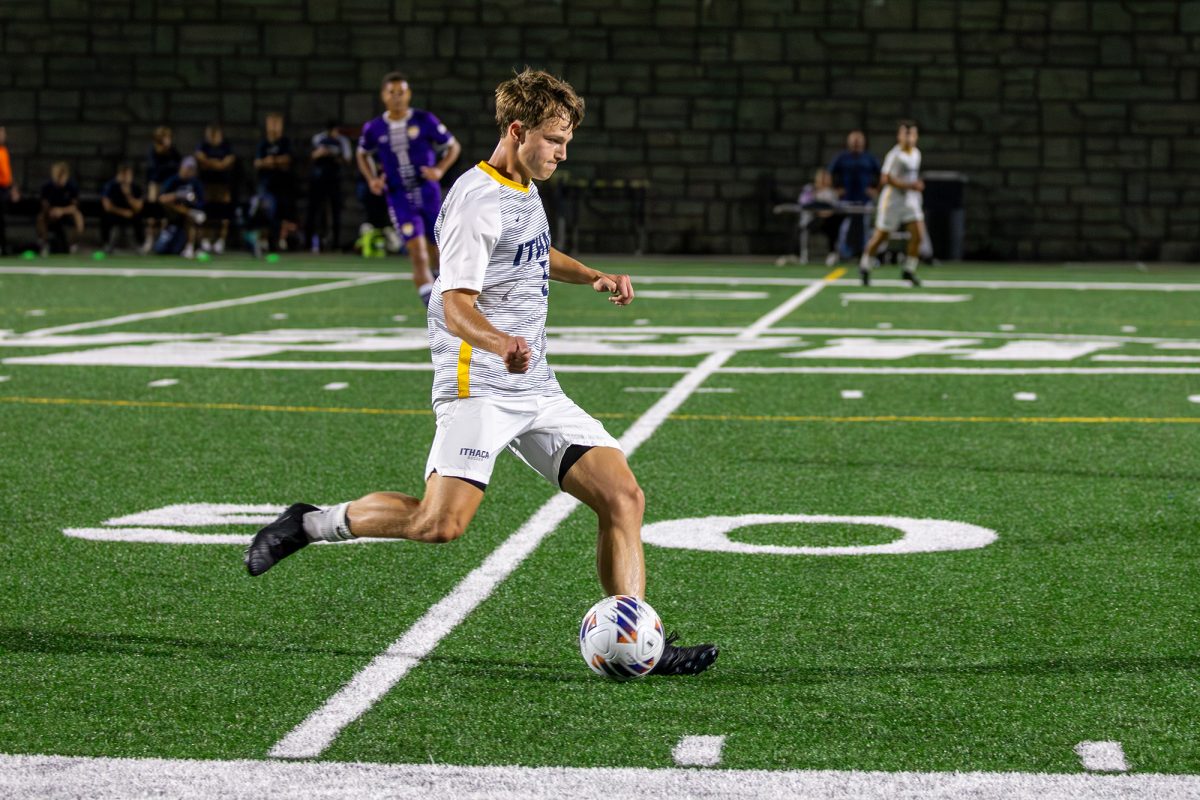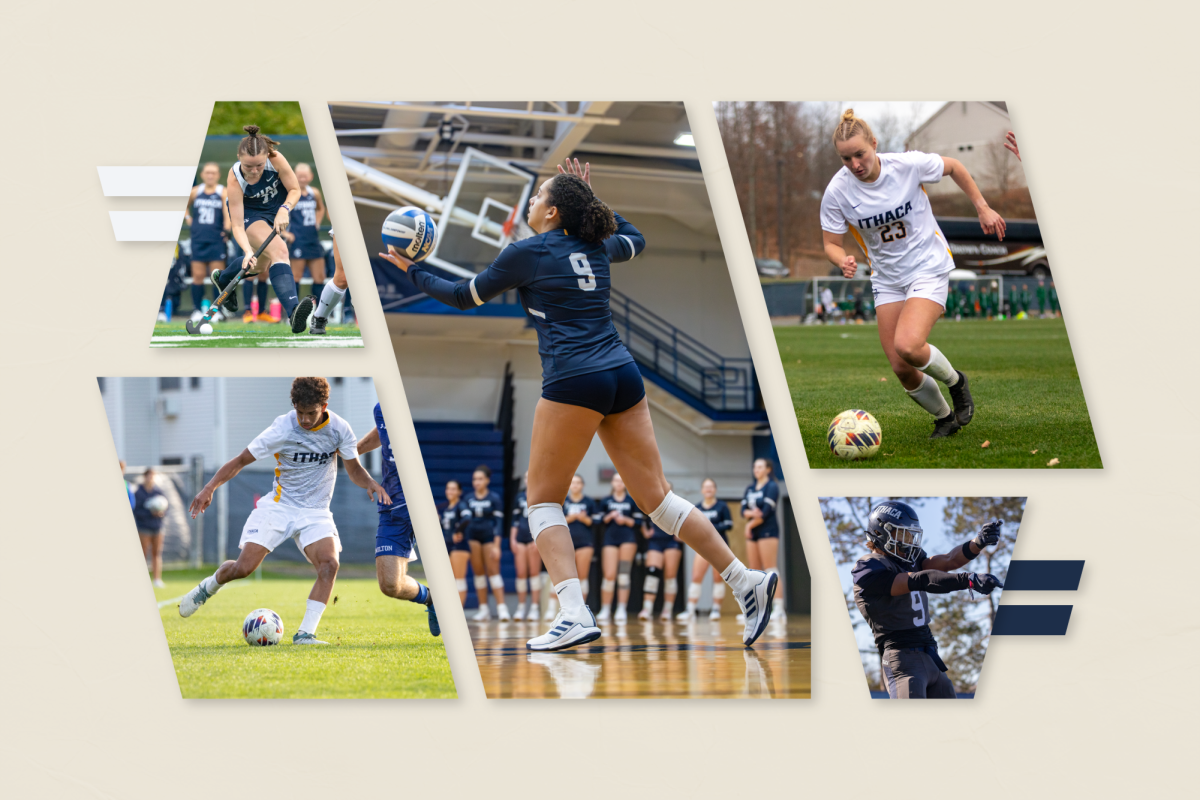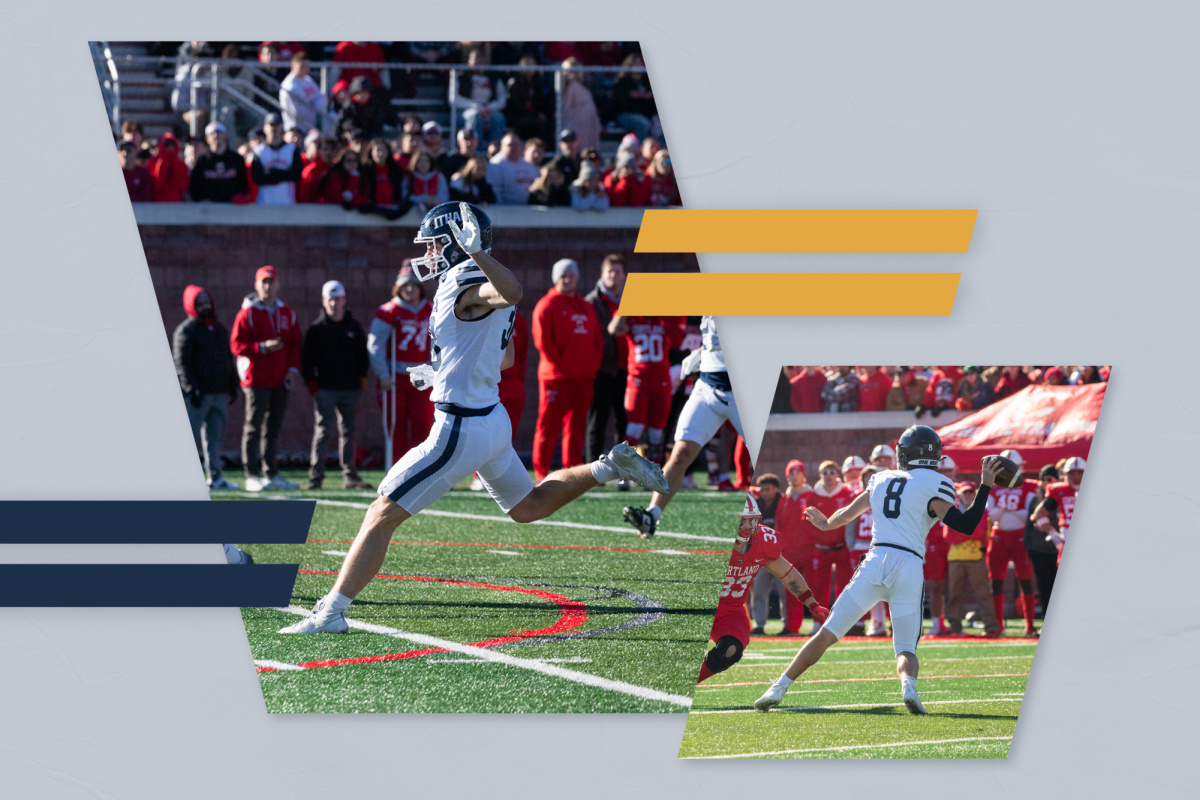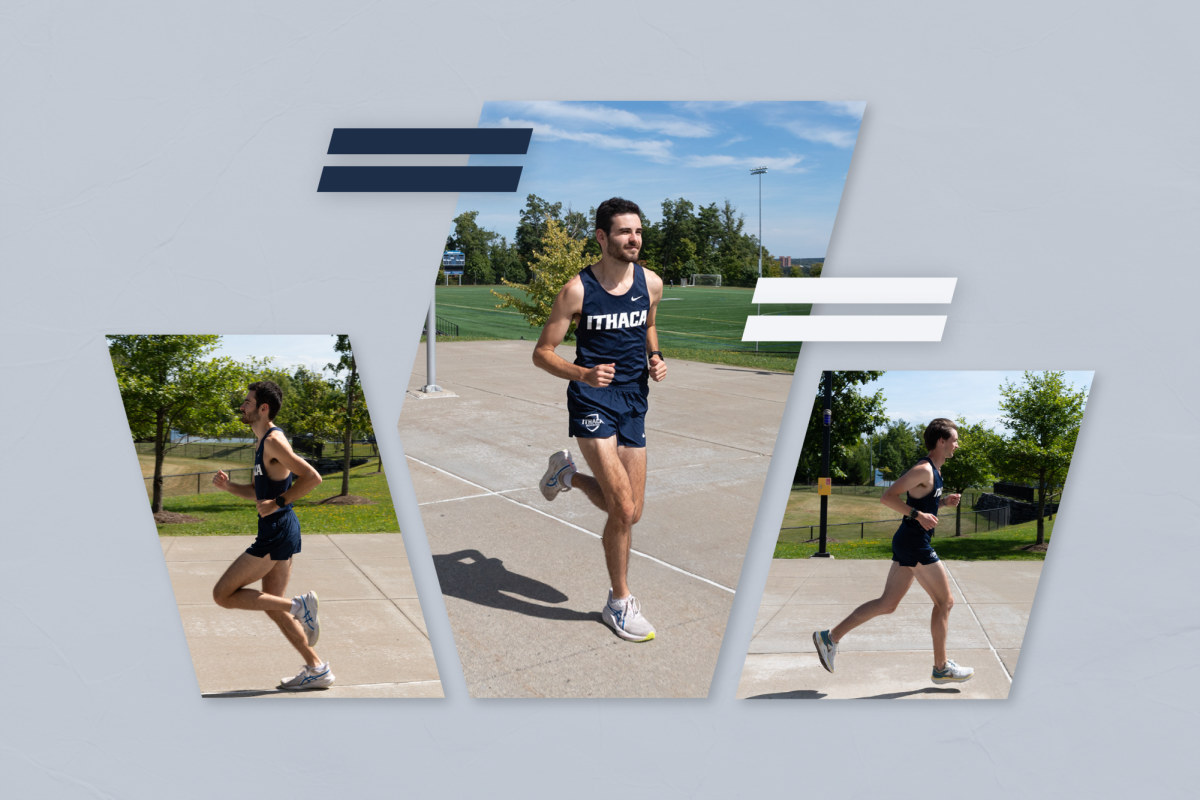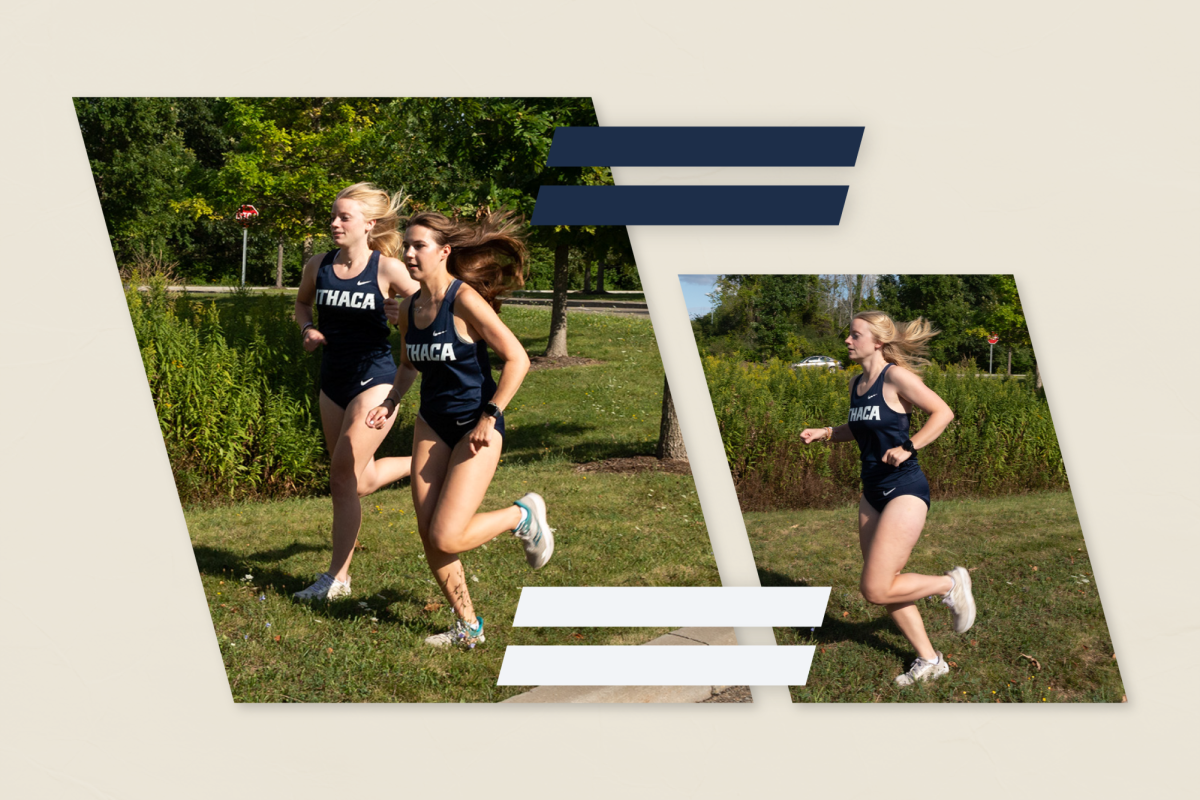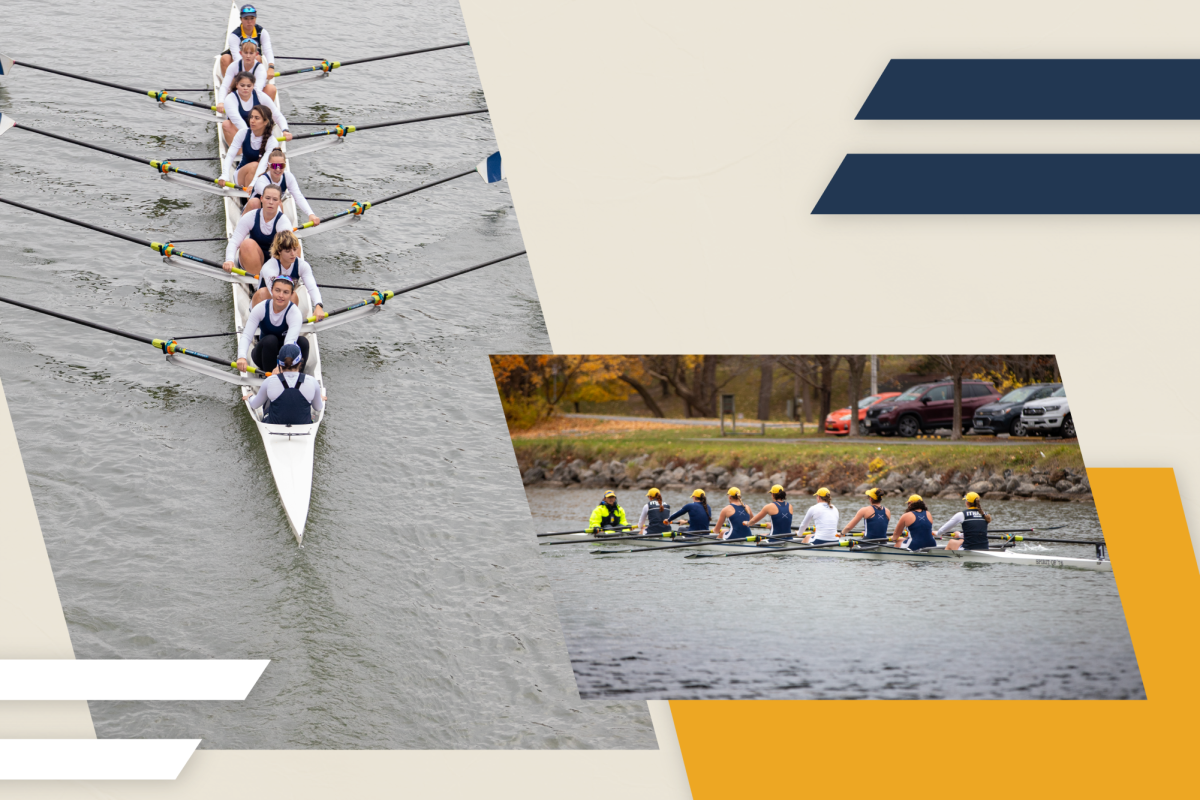Ellen J Staurowsky, a professor in the Department of Sports Media at Ithaca College, is helping to change the sporting landscape worldwide through her advocacy work in Title IX, pay equity in sports and representation of women in sports media.
Most recently, Staurowsky contributed to the analytical publication “Olympic and Paralympic Analysis 2024: Mega events, media, and the politics of sport,” which was released this past summer following the 2024 Paris Olympic Games. In the analysis, there are over 100 different contributions from respected individuals across the sports world. Staurowsky wrote the piece titled, “Gender equality at the 2024 Paris Olympic Games: The enduring legacy and unfinished work of Alice Milliat.” Milliat (1884–1957) was a sportswoman and suffragist and was one of 10 French women of historical importance honored in the opening ceremony of the Games.
Staff writer Jacob Infald spoke with Staurowsky about her recent publication, as well as her career as an advocate for equality in sports.
Jacob Infald: Can you talk about the mission of writing this piece?
Dr. Ellen J. Staurowsky: This was a particularly interesting year to talk about gender equality within the Olympic Games. The Games themselves in 2024 were a historic games, from the standpoint that we had almost near equality across the entire span of sports. Especially given the fact that this was happening in Paris, where 100 years ago when Paris hosted, the idea of women competing … was far from being a reality, and a significant figure who set the stage for a lot of what happened In 2024 was Alice Milliat. Alice challenged the Olympic Games in the 1920s because [of] the fact that they were including women in a very limited way. As a result of her efforts and a lot of efforts of other women around the world, they created their own sports governing bodies, they had their own Olympic games: the Women’s Olympics. It was really an interesting bookend to go from 1924 to 2024 to see how far not just a country but the entire world could come in terms of their ideas about women competing in sports.
JI: Can you talk about what inspired you to dedicate your career to this?
ES: Broader than just women’s sport, my life’s work has been devoted to creating sport that is inclusive across the board, with a belief that sport is a very human experience that can celebrate the very best in all of us but has also demonstrated that it falls short of that aspiration. Systems of inequality are things that really hold all of us back, and so it seems like a worthy mission to take on those big issues.
JI: What are you hoping the future holds for Title IX advocacy and the expansion of equality across all sports?
ES: One, Title IX needs to be implemented, period. We’re more than 50 years out and the vast number of schools in the United States still are not in compliance. I think this is a really interesting juxtaposition because on one hand there has been progress so you can engage in a thought process of saying well my goodness, if we actually complied with the law, how much further along could we possibly be, because we have made some gains. Having said that, though, we’re talking about the difference between multi-billion dollar global entities in men’s sports compared to multi-million dollar entities in terms of women’s sports. So we still have this enormous gap that needs to be closed, and Title IX plays an incredibly important role in terms of helping to close that gap.
JI: Can you give some examples of how you are hoping that the publication will inspire the masses to continue to advocate for Title IX?
ES: As much as the Olympics were a hopeful moment and an inspiring one, the success of these moments can’t be taken for granted. There continues to be a tremendous amount of work that still needs to be done. For example, 50% of the coverage for the Olympic Games was devoted to women’s sports.That was record-breaking. Women receive only 15% of television coverage in terms of sports coverage, so that kind of gap gives us an idea of what’s possible, but also where we are right now.
JI: You’ve been working in the field for a long time and you’ve seen the progress that’s occurring. How fulfilling is it when you look back and reflect on all the work you have done?
ES: Working shoulder to shoulder with students over the span of five decades, and to have the honor and the privilege of doing that, is something that never grows old. I just had an alum who wrote to me today. He’s working in a professional franchise, and they’re working on a project, and he’s asked me to join him in that. So for our work in the classroom here to be applied by students, to have them carry that forward and continue the work and to put their own spin on it, is really more than I think anyone who teaches can possibly hope for.
JI: Do you have any messages to current and future college students with goals of working in the sports media industry?
ES: I think in terms of our students and really any students who are working in sports media, it’s always a game within the game. Sport is a manifestation of social values and beliefs. So it isn’t just a game, it’s something culturally, much more than that. And if you’re in a position to communicate, to shape messages, to decide what is going to be seen and how, that’s a tremendous responsibility, even when you’re doing it in the “Fun and Games department.” Sport should never be dismissed as being just about fun and games, because it is so much more than that. As a result, I think there’s a special responsibility that comes with that, and having an awareness about that and what your impact is on audiences; on the way they think, on the preferences they have, how they view athletes — men, women, nonbinary [people], transgender [people] — [and] that you set the tone when you’re covering these sports. It’s important that you understand what the responsibility is that you carry when you’re communicating those messages, because you’re affecting real lives in real time.




